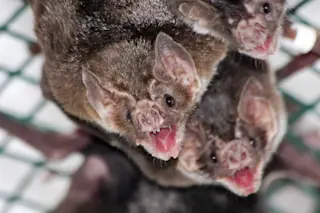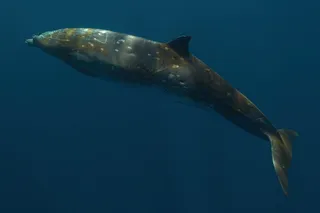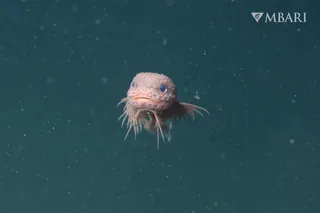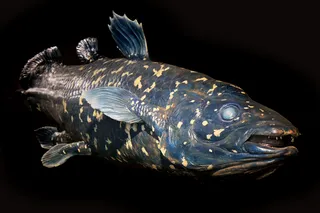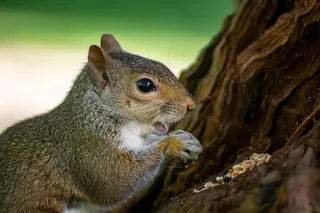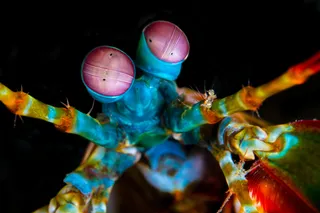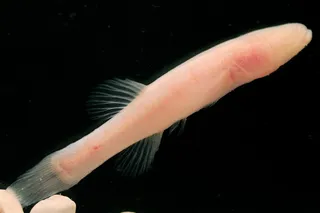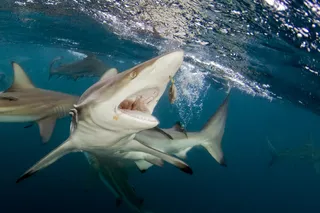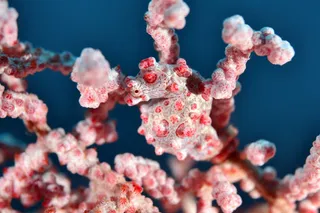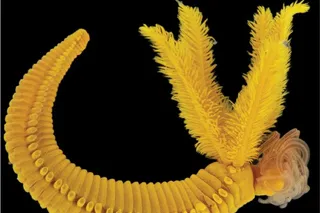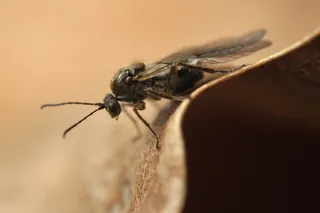Everyone has an opinion regarding bats, which makes them rather polarizing. When you see a bat face, you could be intrigued by the creature, or purely terrified of it.
Dr. Merlin Tuttle, an ecologist and founder of Merlin Tuttle's Bat Conservation, is someone who is intrigued by bats. He has spent his life traveling the globe to learn more about these winged critters and their role in nature.
Through photography, he’s observed thousands of bat species up close (he’s even had a few fly up his shirt and pant leg), and has learned there’s lots to appreciate about these creatures.
Read More: Protecting the Coolest Types of Bats in North America
In Tuttle's book, The Secret Lives of Bats, he tells his personal story of dedicating his life to changing the preconceived notions about bats. Often, it’s said we need to come face-to-face with our fears to overcome them. And ...


